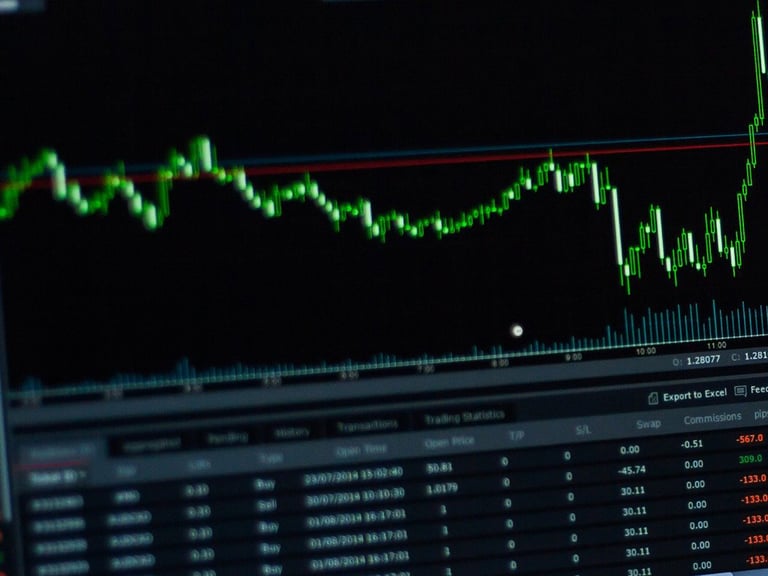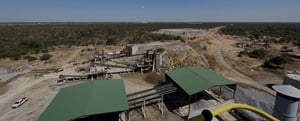Ashmore Group PLC, listed on the London Stock Exchange under the ticker ASHM.L, presents an intriguing case for investors with its compelling dividend yield and significant upside potential. As a London-based asset manager specialising in emerging markets, Ashmore offers a unique investment proposition amidst the complexities of global financial markets.
Currently trading at 128.4 GBp, Ashmore’s stock has experienced a notable contraction, hovering at the bottom of its 52-week range, which spans from 128.40 GBp to 218.40 GBp. This price reflects a minor dip of 0.03%, yet the company holds a market capitalisation of approximately $904.96 million, underscoring its established presence in the financial services sector.
Despite the absence of certain valuation metrics like P/E and PEG ratios, which may concern some investors, the forward P/E ratio stands at a staggering 1,406.20. This figure might appear daunting, but it is essential to consider the context of Ashmore’s business model, which is heavily influenced by the volatile nature of emerging markets investments.
Performance metrics reveal a challenging environment, with a revenue growth decline of 16.00% and a return on equity of 9.03%. However, the firm maintains a resilient free cash flow of £87.66 million, indicating robust operational cash management. Earnings per share, albeit modest at 0.10, are a testament to the company’s focus on sustaining profitability.
One of Ashmore’s most appealing features is its dividend yield, a generous 12.76%, which is substantially above the industry average. This high yield is juxtaposed with a payout ratio of 161.88%, suggesting that the company is distributing more than it earns, a strategy that might not be sustainable long term. However, for income-focused investors, this presents an attractive opportunity to secure substantial returns.
Analyst sentiment towards Ashmore is mixed, with a distribution of three buy, five hold, and three sell ratings. The average target price is set at 170.09 GBp, highlighting a potential upside of 32.47%. This figure is a critical point of interest for investors seeking capital appreciation alongside dividend income.
Technical indicators provide additional insight into Ashmore’s current market position. The stock’s 50-day and 200-day moving averages are 156.47 and 172.54 respectively, suggesting a bearish trend as the current price lies below these averages. The Relative Strength Index (RSI) at 43.84 indicates that the stock is nearing oversold territory, potentially signalling a buying opportunity for contrarian investors. Meanwhile, the MACD of -4.95 and signal line of -2.02 further reinforce the current downtrend, yet also hint at a possible reversal.
Ashmore Group’s investment strategy is deeply rooted in fundamental analysis, focusing on equity and fixed income markets across emerging regions. Since its founding in 1992, the firm has carved out a niche in managing client-focused portfolios, leveraging its expertise in global markets to navigate economic fluctuations.
For investors considering Ashmore, the decision hinges on balancing the allure of high dividends and significant upside potential against the backdrop of market volatility and financial performance challenges. As always, a thorough analysis of personal risk tolerance and investment goals is imperative when evaluating such opportunities.






































